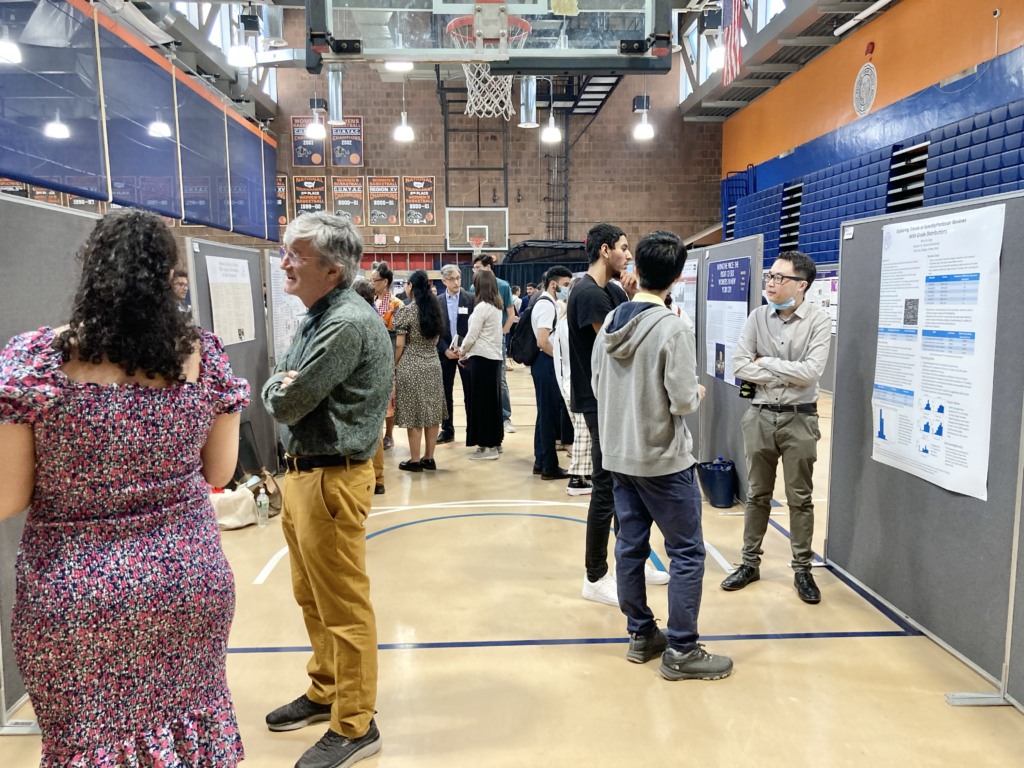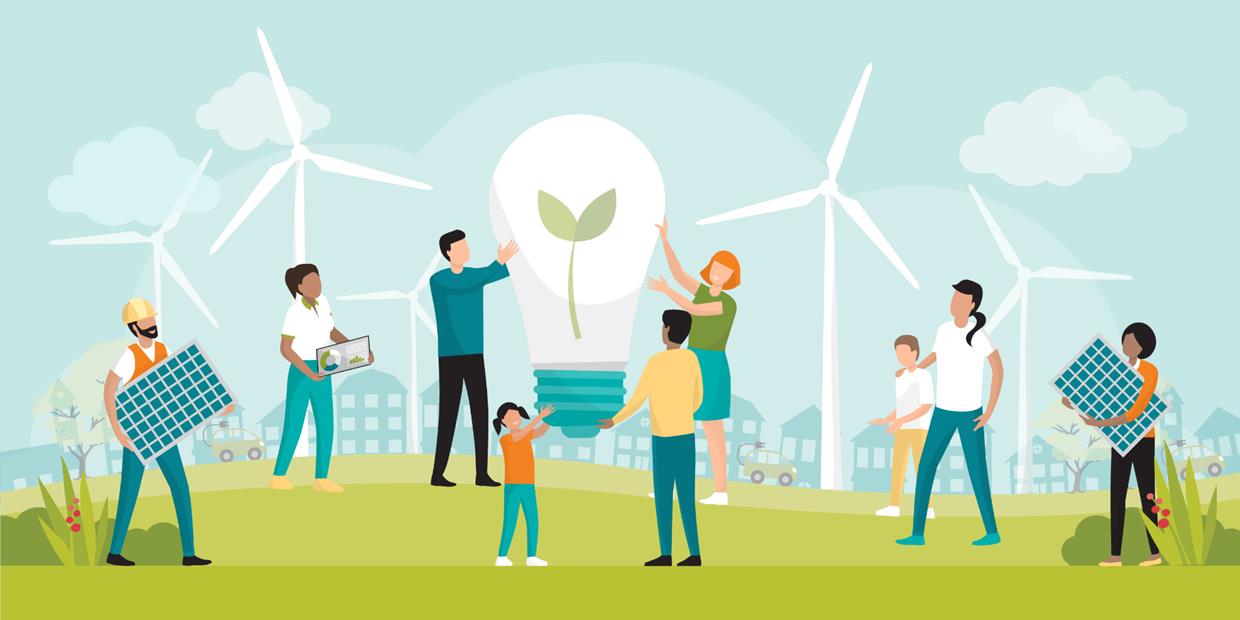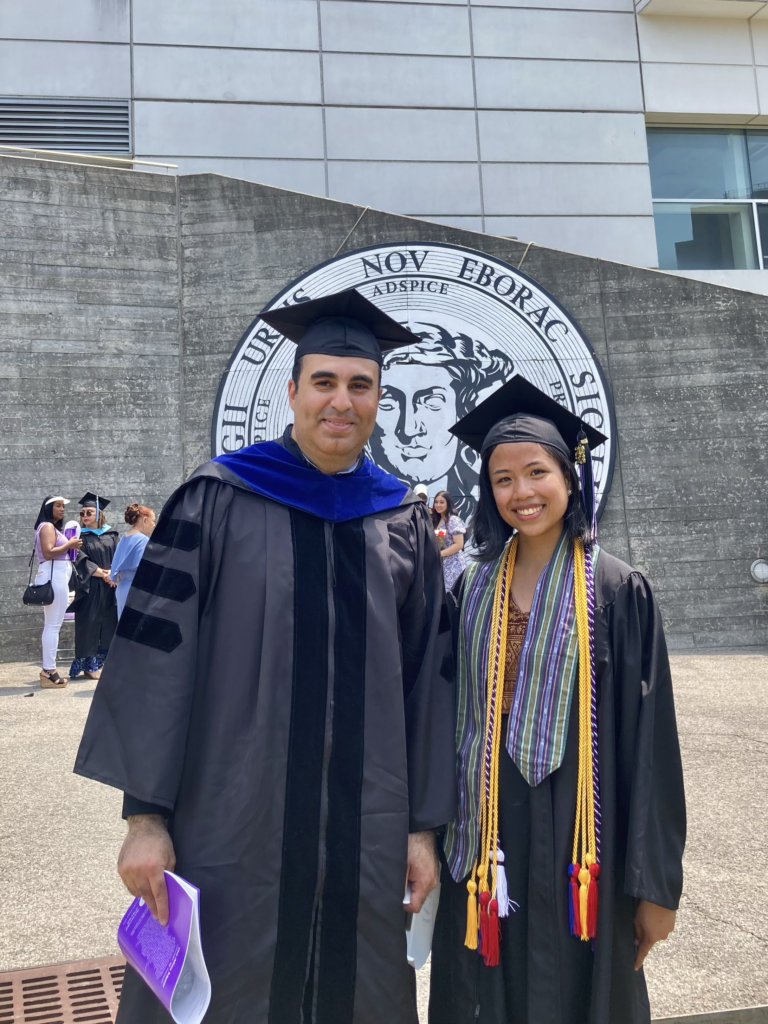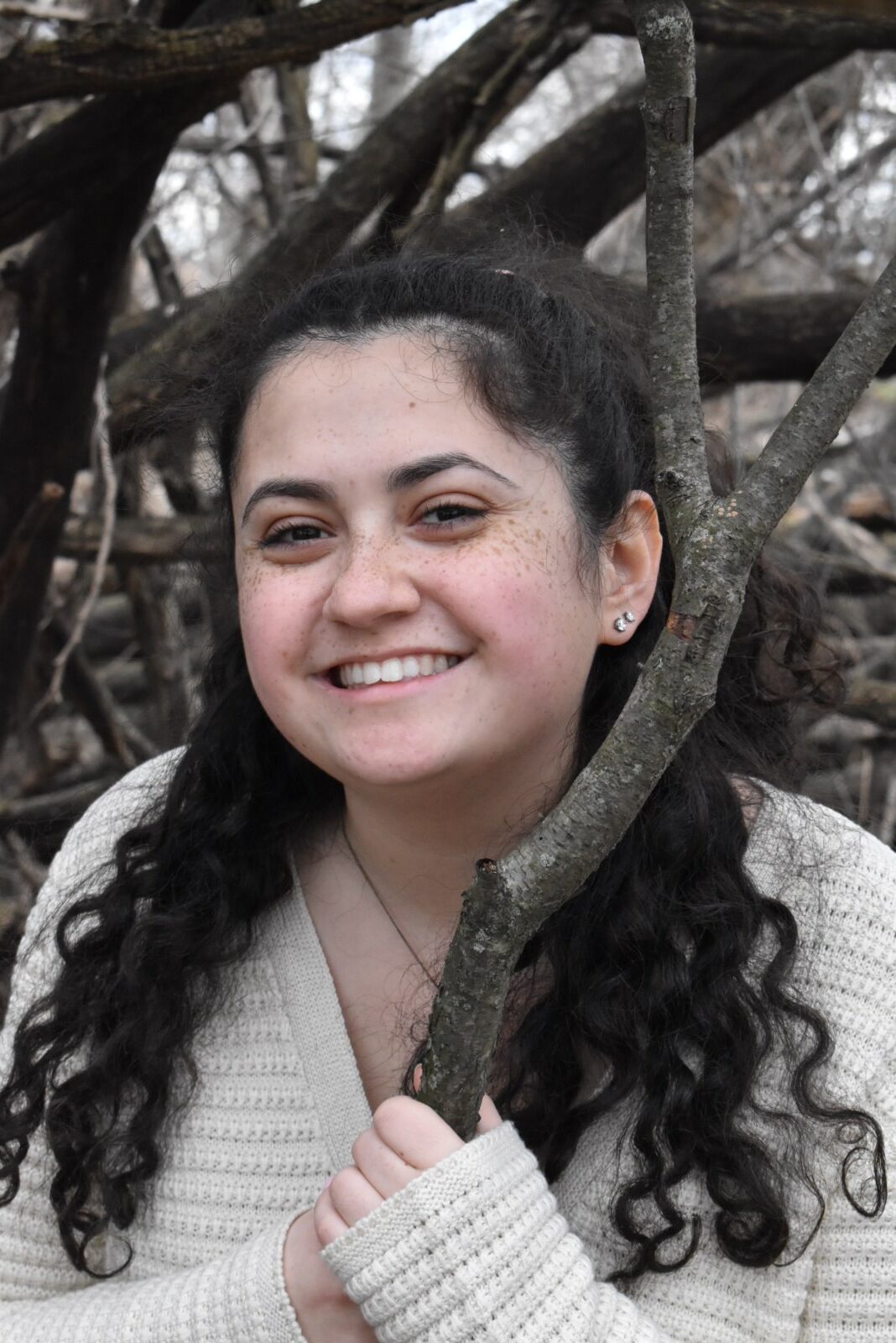Crowds of professors and parents strolled through aisles donning posterboards and presentations led by students, explaining the research projects they’d been working on for months. Dance performances broke the day up, as people discussed research being done in other labs.
This was the scene at the CUNY Undergraduate Research Celebration, which was held on May 31 at Borough of Manhattan Community College.
The event brought together students and their faculty mentors from across the university’s 25 campuses, including several students from City College. One such student was CCNY’s Lea Manglicmot, who just graduated on June 2 with a bachelor’s degree in electrical engineering after working with the department’s Dr. Ahmed Mohamed.

The CUNY Undergraduate Research Celebration.
“It’s a celebration of the expansive research efforts within CUNY, that they’re able to provide opportunities to undergraduate students to have a deeper understanding in their research of interest,” Manglicmot said in an interview. “It’s a celebration of mentorship from distinguished faculty members . . . a sense of passing the baton, learning from people who are in it. And then, it’s also a celebration of the undergraduate students, our eagerness to enhance our critical thinking and problem-solving skills.”
Manglicmot will be beginning her Ph.D. program with Mohamed in the fall. She is currently a summer intern for the Department of Energy’s National Renewable Energy Laboratory in Colorado. After graduating with her Ph.D., her overall career goal is to become a government researcher focusing on renewable energy.
Her work was part of the winning project proposal of the College-wide Research Vision, titled “Energizing Equity: Co-Creating Scalable Urban Resilience via Climate Solidarity,” led by sociology professor Dr. Yana Kucheva. The CRV-winning project was selected in the spring of 2022 from a number of interdisciplinary faculty teams who submitted research project proposals to secure the multi-year funding of $200,000 per year for up to three years.
For her part, Manglicmot worked with Mohamed on Community Energy Cells, or CEC, which is a framework for structuring and governing energy assets, such as solar panels, within a community. CEC promotes energy justice and decarbonization in dense urban regions, to the benefit of low to moderate-income households.
 In a CEC, low- and moderate-income residents create a special purpose entity through which they have collective access and control over the energy assets in their community. Residents can get electricity from the assets to lower their utility bills. They can also participate in the wholesale energy market by pooling the assets’ capacity to form a virtual power plant. Their other option is to provide grid services to the utility in exchange for incentives.
In a CEC, low- and moderate-income residents create a special purpose entity through which they have collective access and control over the energy assets in their community. Residents can get electricity from the assets to lower their utility bills. They can also participate in the wholesale energy market by pooling the assets’ capacity to form a virtual power plant. Their other option is to provide grid services to the utility in exchange for incentives.
The team initially examined existing frameworks of community energy from other American states and from Australia to understand their approaches so they can build off them for New York City.
Following that, the team conducted a case study on Community Board 9, which includes CCNY, to see its financial feasibility. They estimated the solar and battery potentials of the area. They processed the numbers with other technical and financial parameters in the NREL’s System Advisory Model. The model yielded positive results, which may suggest a successful demonstration of CEC in the community district.
Throughout the project, Manglicmot said, Mohamed provided her with a lot of support and mentorship.

Lea Manglicmot
“The main way he supported me was helping me ask the right questions, putting things into perspective because I’m really new to this,” she said. “As much as I’m interested in this subject, I’m still new. I still don’t have the intuition when it comes to how things work, like in terms of technology and regulations. He let me tap into his expertise while also helped me develop my own intuition.”
Beyond his support during the project, Mohamed was the person who pushed Manglicmot to enter the Undergraduate Research Celebration and share her work.
“He was the one who encouraged me to participate in the research celebration. I was hesitant at first because, at the time, I was a graduating senior and I was already in so many things,” Manglicmot said. “But he said it is a good experience to have, especially given the path I’m taking. And I’m really glad that I went.”
She first became interested in engineering in high school while participating in a Columbia University program related to biomedical engineering. This inspired her to choose CCNY for college since she knew the school was known for engineering.
“Initially I was in the program because I like biology,” she said. “Then, having introduced to engineering there, I realized that I like engineering and problem-solving more.”
But Manglicmot’s true first introduction to engineering was through her family. Her grandfather had wanted to become an engineer. Then his son, her father, attempted to become a civil engineer and ultimately became a math teacher.
“My degree is made more meaningful because I’m essentially fulfilling two generations of dreams to be an engineer,” she said.

Amanda is a student at the CUNY Graduate School of Journalism, where she’s studying health & science reporting and broadcast journalism. She graduated from Baruch College in May 2022, where she double majored in journalism & creative writing and political science and double minored in environmental sustainability and communication studies. She has been published in City & State, BORO Magazine, Bklyner, The Canarsie Courier, the New York City News Service, PoliticsNY, Gotham Gazette, Bushwick Daily, DCReport, News-O-Matic, The Queens Daily Eagle, Tower Times, The Ticker, and Dollars & Sense Magazine.